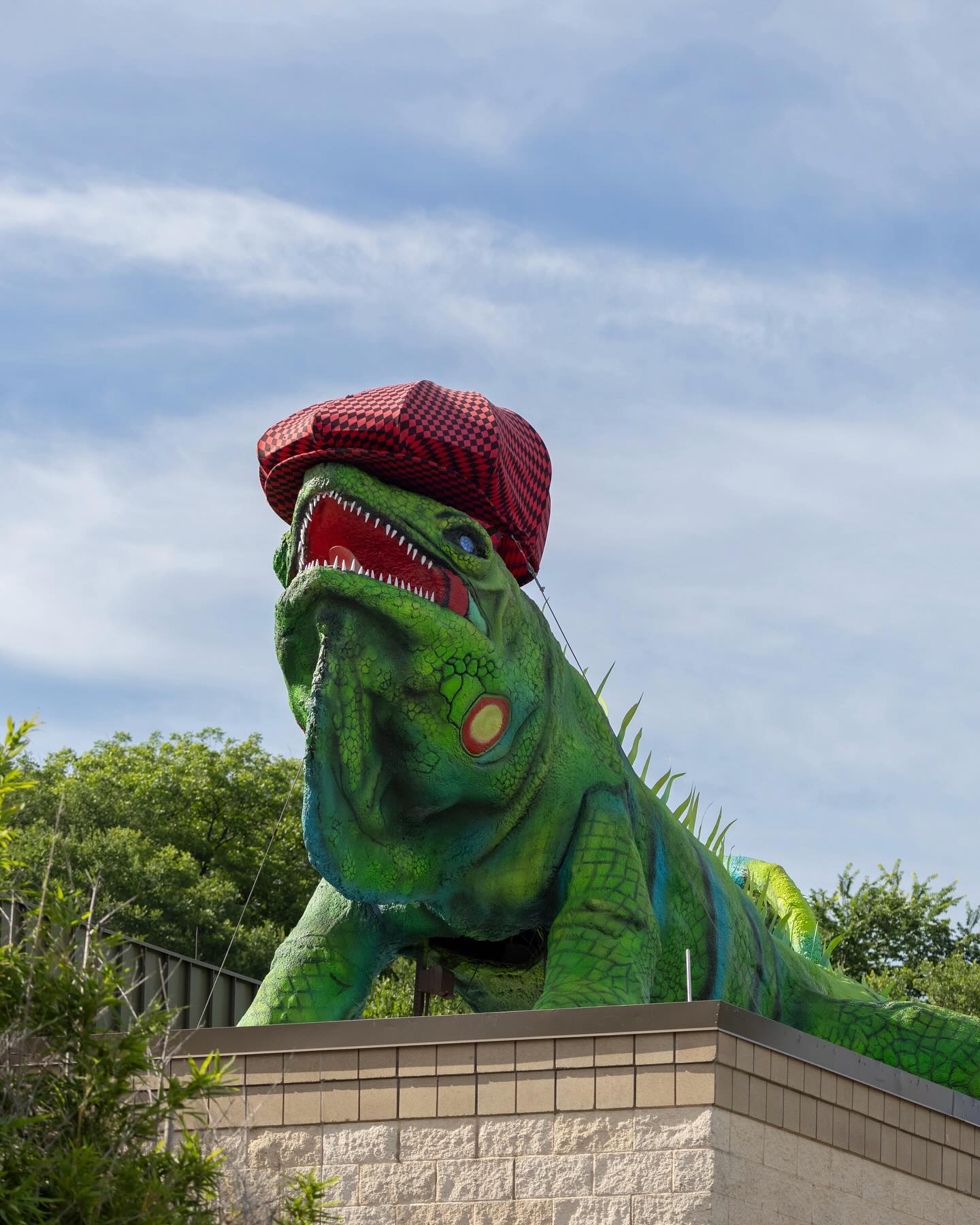- Understanding the Importance of Golf Events for Wildlife Conservation
- How Golf Courses Can Be Biodiverse Habitats
- The Role of Organizations like the Charles Schwab Challenge
- The Educational Aspect of Engaging Events
- Practical Ways Golfers Can Support Wildlife Conservation
Golf has long been a popular pastime, but its impact on local ecosystems often warrants deeper analysis. Events such as the Charles Schwab Challenge at Colonial Fort Worth serve as platforms for raising awareness about wildlife conservation while engaging communities. This article explores how golf tournaments can promote natural habitats while highlighting Iggy’s participation in a plaid ensemble as a fun cultural nod, blending leisure with advocacy.
Understanding the Importance of Golf Events for Wildlife Conservation involves recognizing their potential to raise funds and awareness. Publicly held tournaments attract significant attention, offering a space for sponsors and players to advocate for environmental causes. The large audiences drawn to these events are great opportunities to disseminate information about local wildlife and conservation needs. For instance, during the Charles Schwab Challenge, participants can learn about various conservation activities within their community, driving engagement and support for local projects. Golf events only enhance their value when they align with ecological goals, creating combined initiatives for better outreach.
Golf Courses Can Be Biodiverse Habitats by incorporating native plants, water features, and surrounding green spaces. Many golf courses are designed to coexist with local flora and fauna. They can serve as vital corridors for wildlife, allowing species to thrive even in urban settings. Landscaping practices focused on maintaining native vegetation can benefit pollinators like bees and butterflies, which are often in decline. Awareness around golf course design and maintenance can lead to innovative practices that support wildlife. Additionally, courses can feature habitats that attract local bird species, enriching the experience for golfers and providing safe havens for wildlife. Courses that embrace biodiversity can also create harmonious landscapes that are fully engaged in conservation efforts.
The Role of Organizations like the Charles Schwab Challenge is exemplary in fostering a culture of conservation. Their initiatives frequently include partnerships with local wildlife organizations. These partnerships work to educate golfers and spectators on the importance of protecting natural resources. During the Charles Schwab Challenge, information booths and educational workshops can inform the public about local animals and plants needing protection, as well as how their actions, like reducing plastic usage or supporting local conservation programs, can help. Every ticket sold and merchandise purchase often contributes to conservation funds, making these events not just entertainment but also an investment in wildlife preservation.
The Educational Aspect of Engaging Events cannot be overstated. Golf tournaments provide platforms for dynamic learning experiences. Interactive activities designed to captivate attendees can range from wildlife talks featuring biologists to demonstrations of sustainable practices in landscaping. These connections enrich the atmosphere and deepen the emotional ties between attendees and local ecological issues. Furthermore, children often attend golf events with their families, presenting an invaluable chance to teach the next generation about wildlife conservation principles in an engaging setting. Hands-on activities, such as birdhouse building or native plant seedlings, can resonate well with young minds, instilling a sense of responsibility while also making learning enjoyable.
Practical Ways Golfers Can Support Wildlife Conservation can arise from simple actions carried out by individuals. Golfers might consider using eco-friendly golf balls or tees made from biodegradable materials. Carrying reusable water bottles reduces reliance on single-use plastics that can harm wildlife. Advocating for wildlife-friendly maintenance practices at local courses, such as reducing pesticide usage, is another way to promote environmental stewardship. Volunteering for local conservation days or events that coincide with golf tournaments amplifies this commitment. Engaging with strategies that align with both the sport and ecological stewardship can create a ripple effect, encouraging broader community involvement in conservation efforts.
In conclusion, golf events like the Charles Schwab Challenge at Colonial Fort Worth exemplify a merging of sports and conservation. They foster community spirit while advocating for local wildlife. Through education and engagement, players, sponsors, and attendees can contribute significantly to wildlife preservation. Iggy’s appearance in classic plaid at such an event symbolizes a fun, unifying element of golf culture that also pays homage to nature. Ultimately, celebrating events that mesh passion for sports with environmental awareness serves the dual purpose of enjoyment and advocacy, thereby benefiting both wildlife and communities.
*****
Source Description
It’s officially par-tee time at @colonialfortworth, and Iggy is ready to tee off in his classic @charles_schwab_challenge plaid! ⛳️🎉


